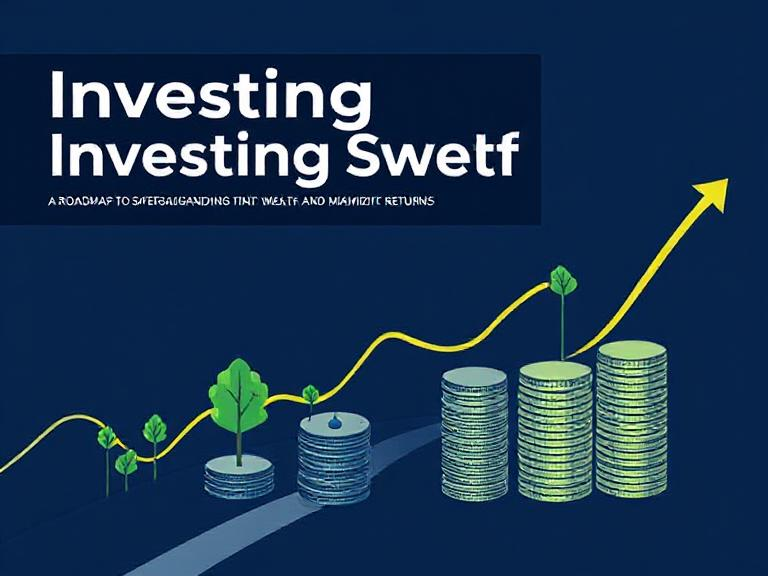The global economy is constantly evolving, and investors must adapt their strategies to stay ahead of the curve. With shifting political landscapes, technological advancements, and changing consumer behavior, traditional investment strategies may no longer yield the same returns they once did. In this article, we explore some of the best investment strategies to consider in 2025 and beyond, focusing on diversification, risk management, and future-proof investments.
Adapting to a Changing Market
The economic environment has undergone significant changes over the past few years. The pandemic, inflation, supply chain disruptions, and geopolitical tensions have altered the way markets behave. These changes call for a more strategic and agile approach to investing. Successful investors in 2025 will need to focus on adapting to these shifts and using new tools to protect and grow their portfolios.
Key Investment Strategies for 2025
1. Diversification Across Asset Classes
Diversification is a time-tested strategy to reduce risk and increase the potential for returns. By spreading investments across different asset classes such as stocks, bonds, real estate, commodities, and alternative investments, investors can protect themselves from sector-specific downturns. In particular, adding exposure to emerging asset classes like cryptocurrencies and green energy can provide growth opportunities.
2. Invest in Sustainable and Impactful Assets
Environmental, Social, and Governance (ESG) investing is gaining popularity as companies and governments focus on sustainability. ESG-focused funds and green bonds allow investors to align their financial goals with their values. As sustainability becomes a driving force in the global economy, these investments are expected to yield strong returns while also contributing to positive environmental and social outcomes.
3. Focus on Technology and Innovation
Technological advancements are reshaping industries, and investing in innovative companies that are at the forefront of this change can be highly rewarding. Sectors such as artificial intelligence, blockchain, cybersecurity, and biotechnology are set to experience significant growth. Investors should focus on companies that are leveraging emerging technologies to drive efficiencies, reduce costs, and unlock new revenue streams.
4. Risk Management through Hedging
As markets become more volatile, managing risk is essential. Investors can use various hedging strategies such as options, futures, and commodities to protect their portfolios. Hedging can help minimize losses during market downturns, providing a buffer against uncertainty and allowing investors to stay invested without worrying about short-term market fluctuations.
Conclusion: Positioning for the Future
In 2025, successful investors will be those who adapt to the changing global economy. By diversifying their portfolios, focusing on sustainable investments, and tapping into innovative sectors, investors can navigate market volatility and position themselves for long-term success. It’s important to remember that no strategy is foolproof, but those who approach the market with a clear strategy, solid risk management practices, and a long-term view are most likely to thrive.


